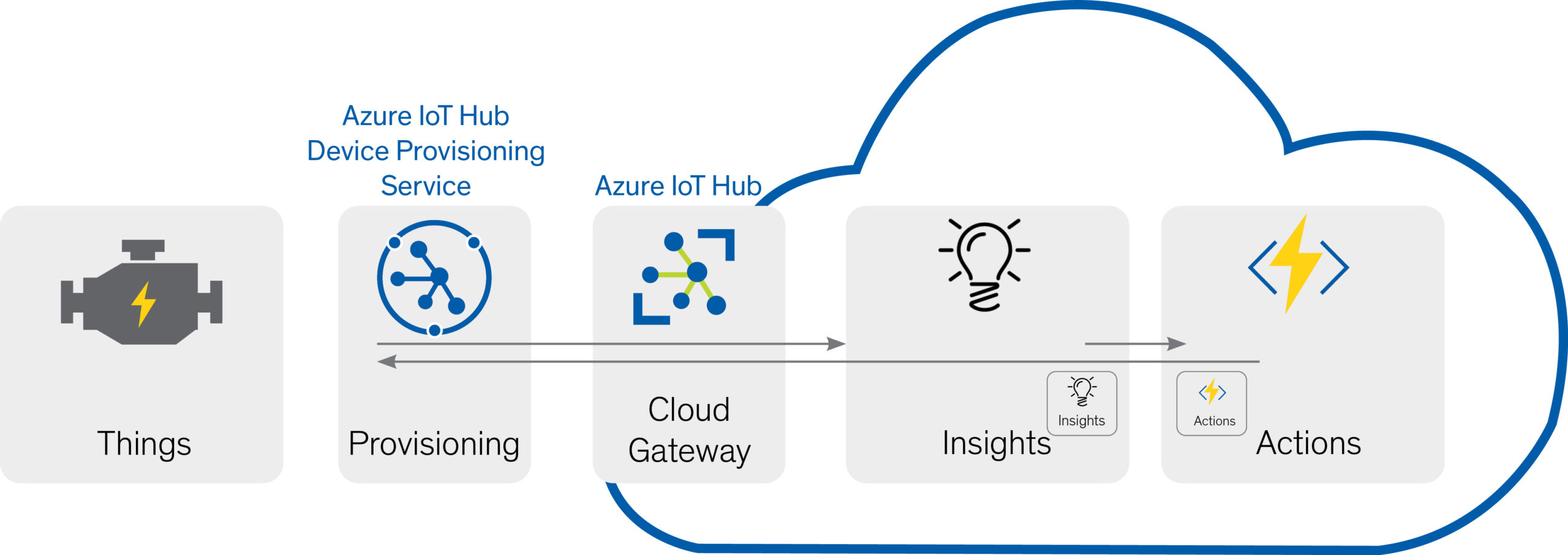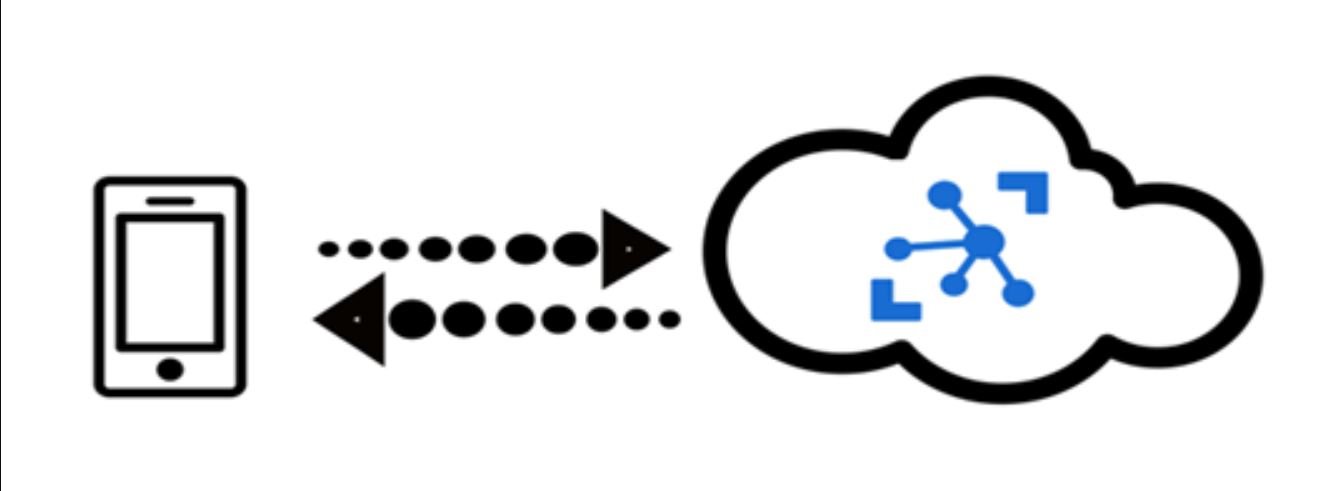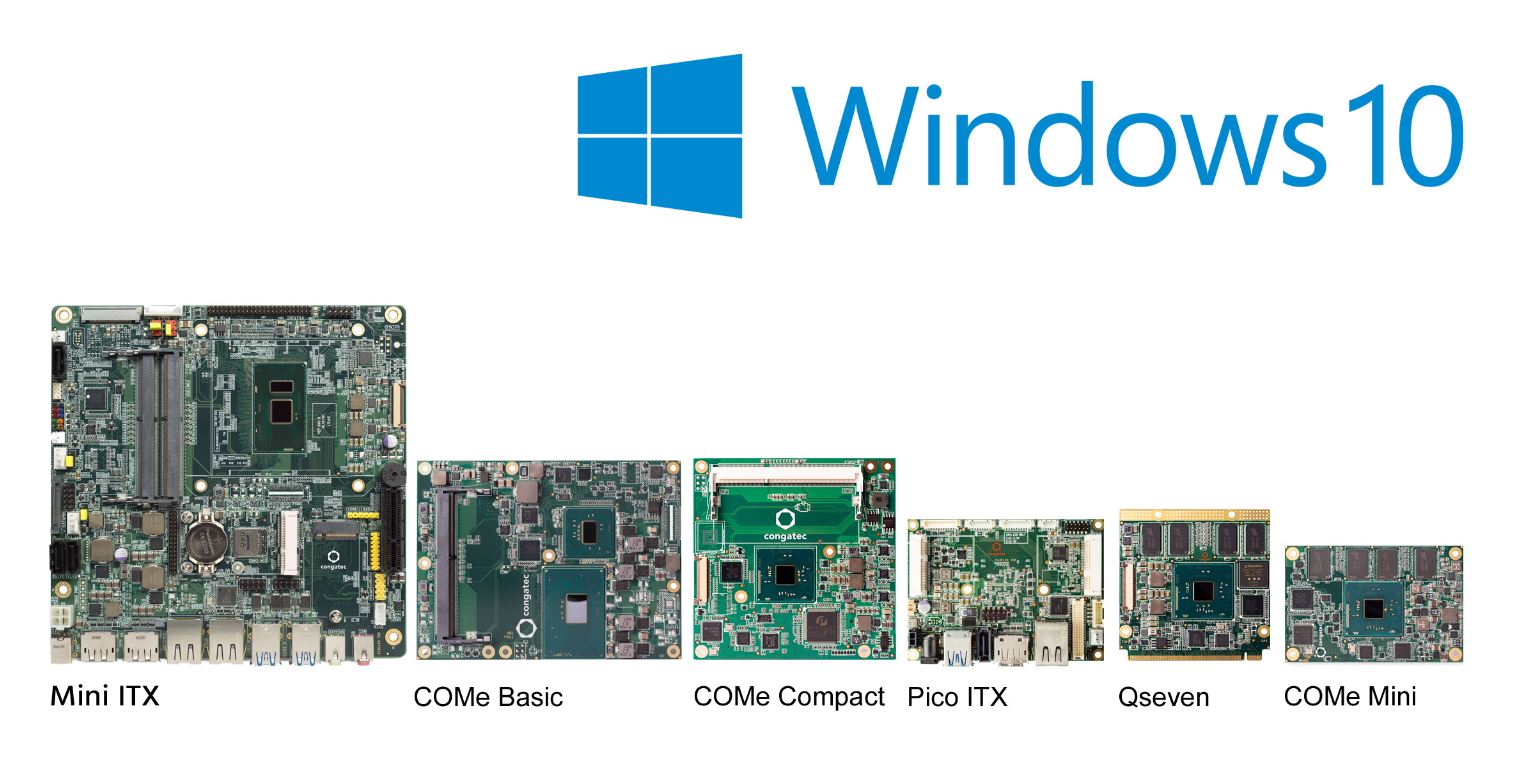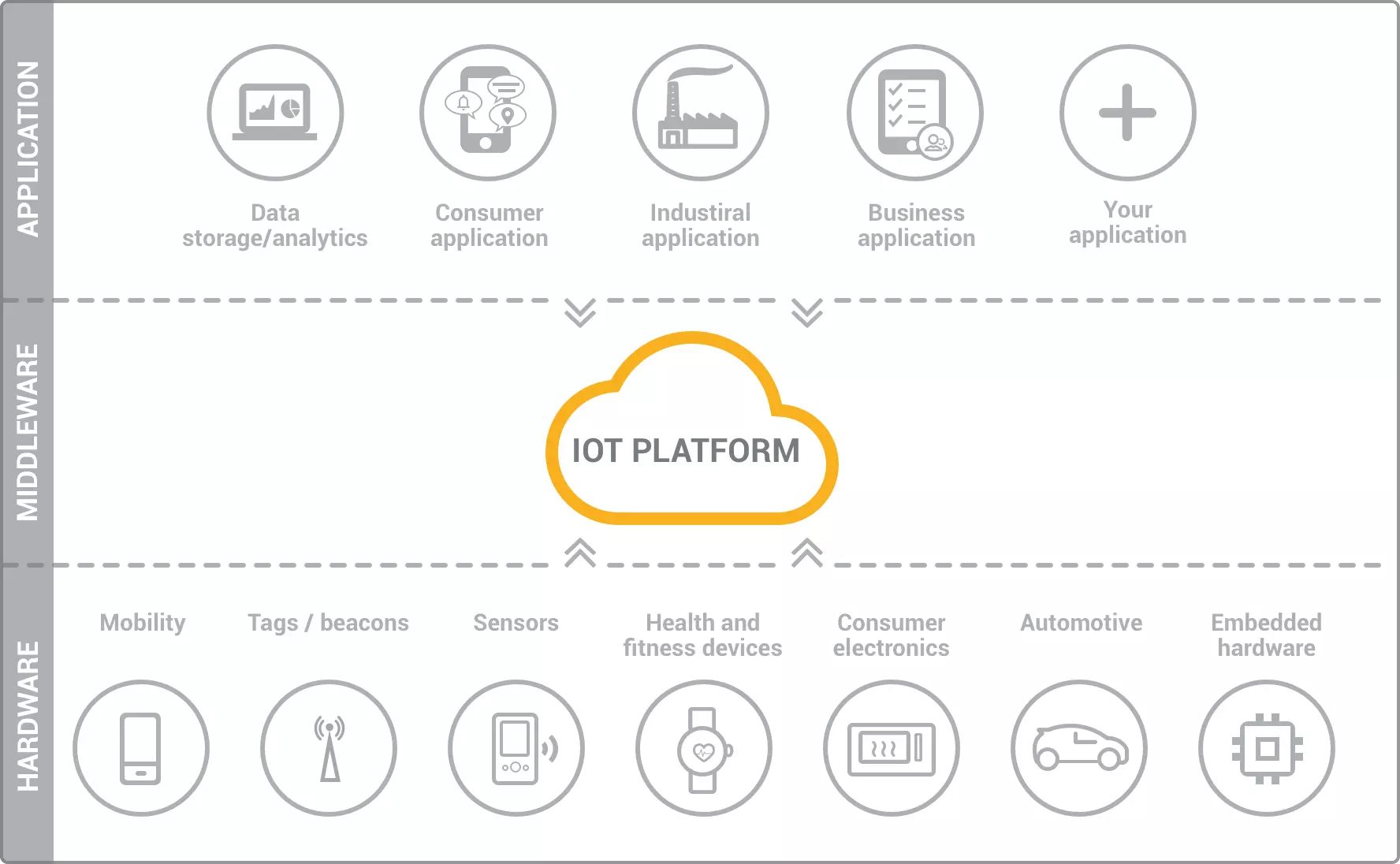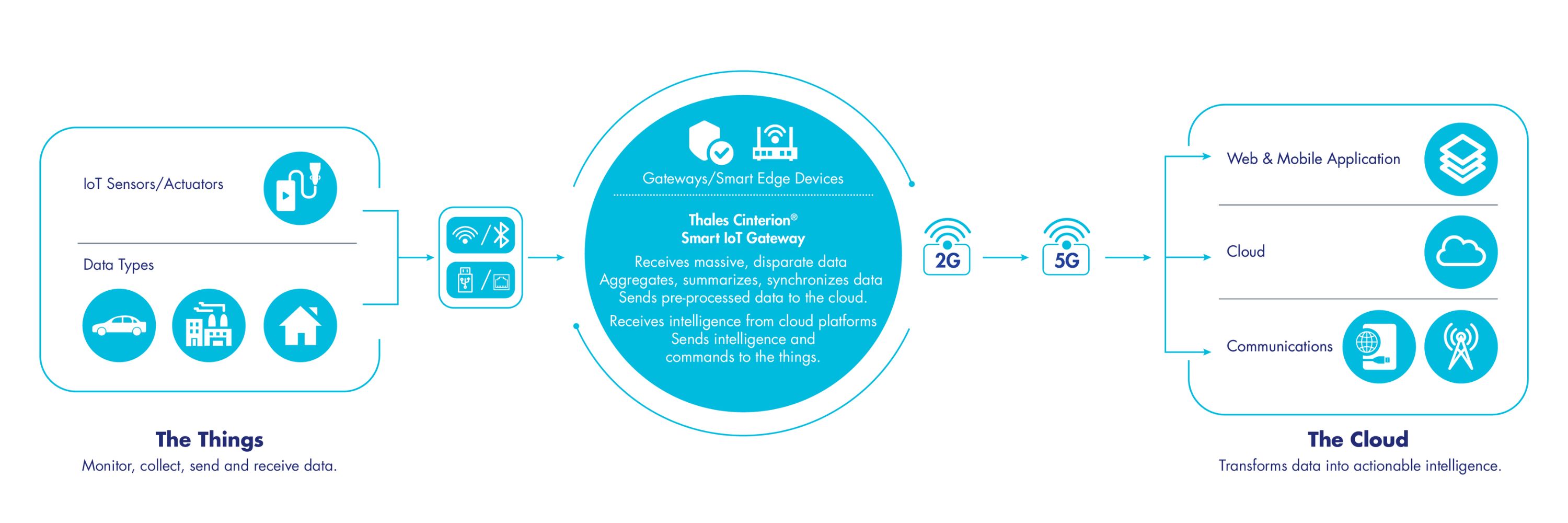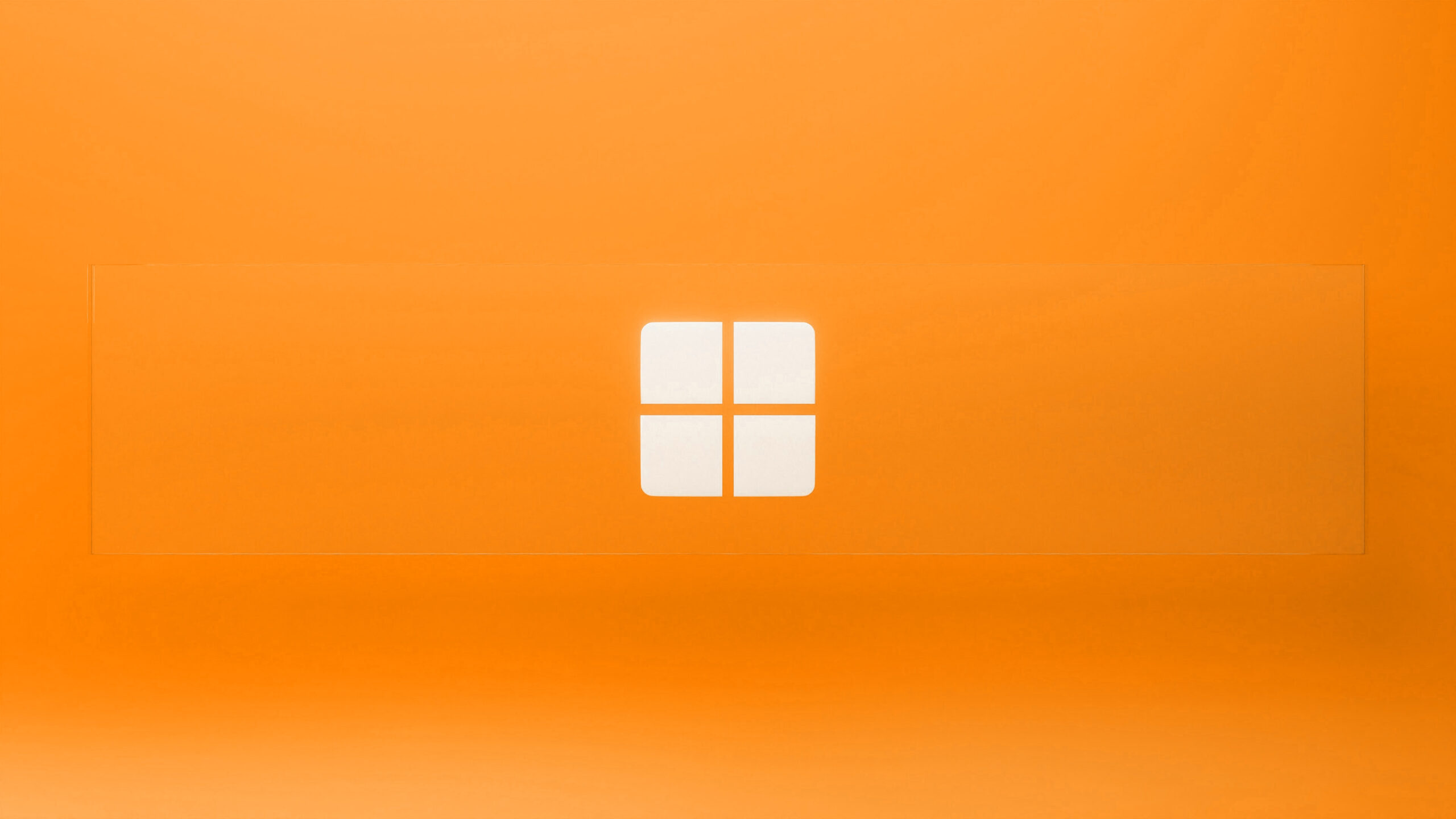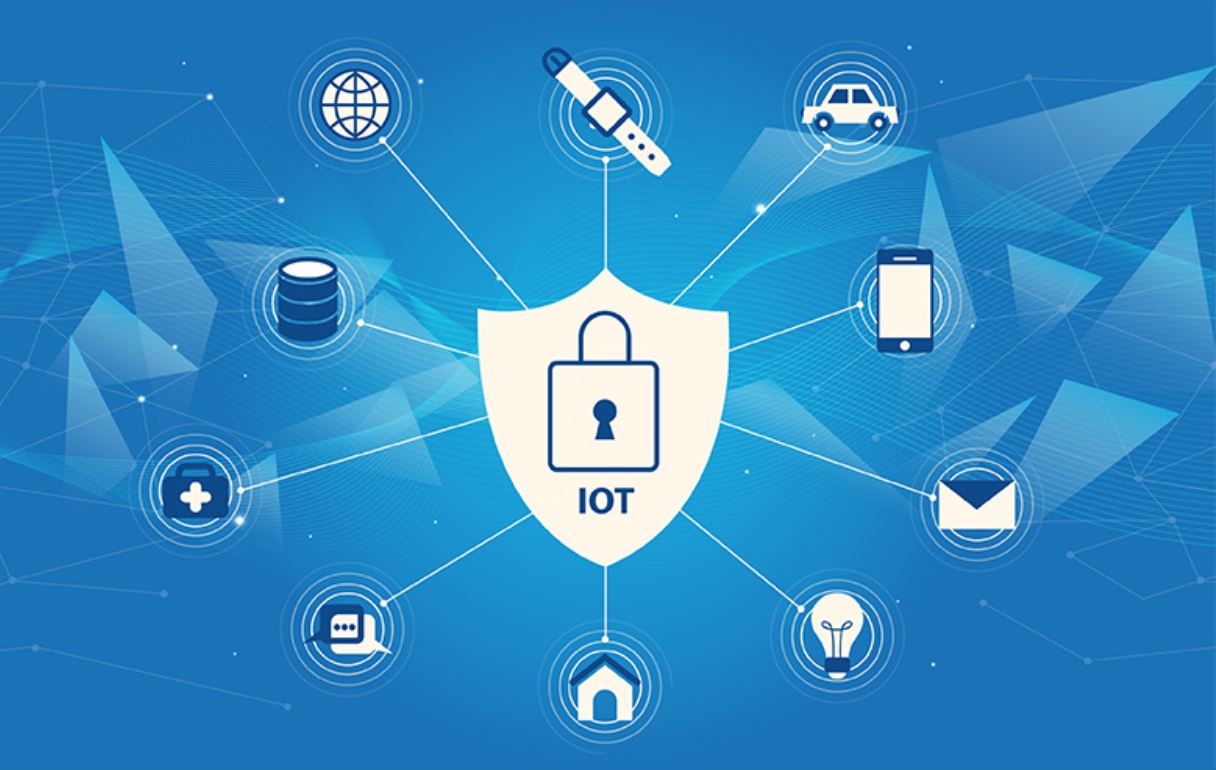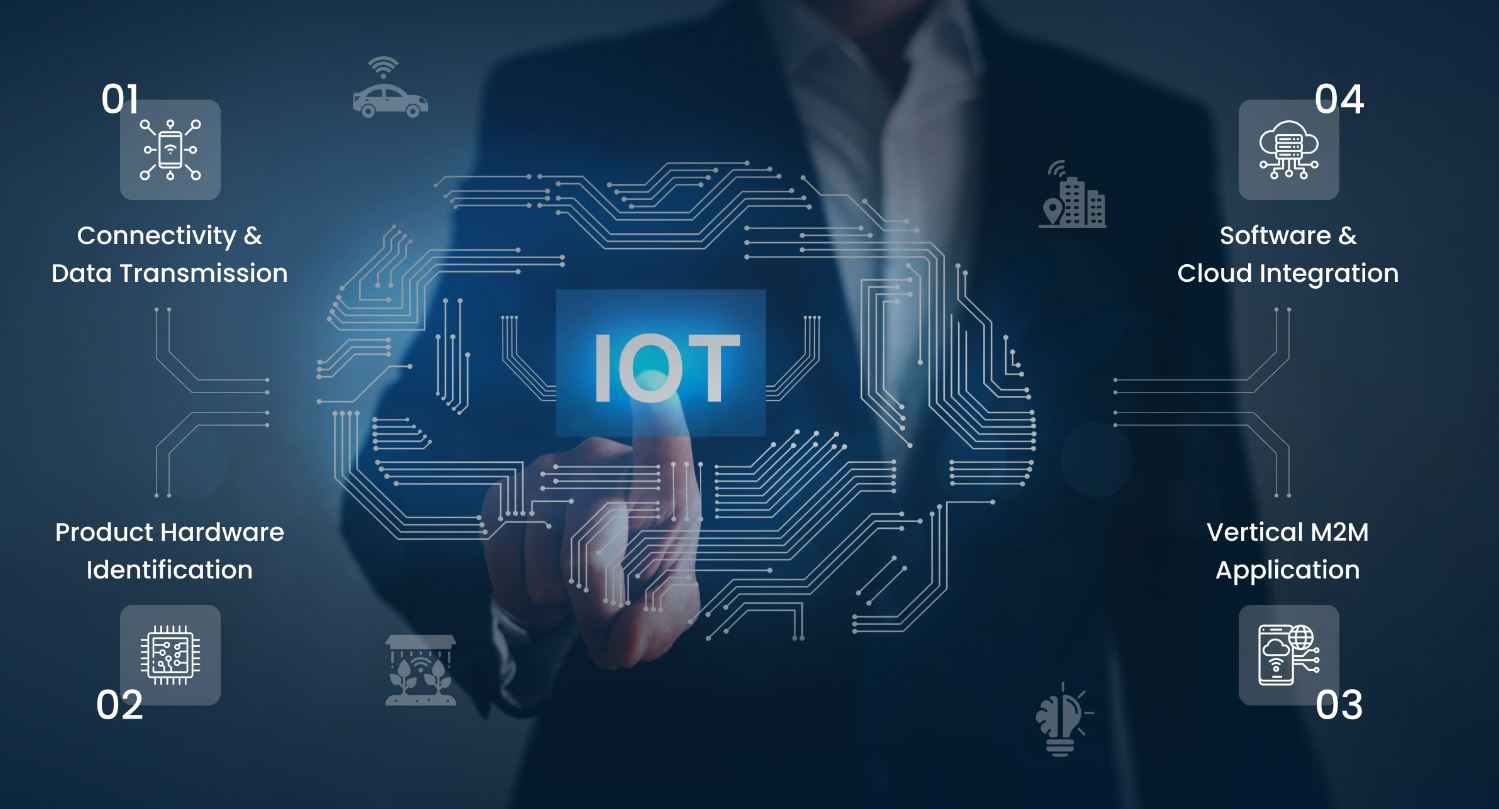Introduction
Welcome to the world of Azure IoT Hub, a powerful and versatile platform that enables seamless communication and connectivity between devices and the cloud. In today’s digital age, the Internet of Things (IoT) is transforming industries and revolutionizing the way we interact with technology. And at the heart of this transformation is Azure IoT Hub, Microsoft’s robust solution for building scalable and secure IoT applications.
Azure IoT Hub provides a comprehensive suite of tools and services to connect, monitor, and manage billions of devices across various industries, including manufacturing, healthcare, automotive, and more. Whether you’re a developer, an enterprise, or a startup, Azure IoT Hub empowers you to harness the full potential of IoT by securely collecting, processing, and analyzing data from your connected devices in real-time.
With its robust features and seamless integration with Azure services, Azure IoT Hub simplifies the complexities of IoT architecture, making it easier for businesses to develop and deploy innovative IoT solutions. But what exactly is Azure IoT Hub, and how does it work? Let’s delve deeper into its capabilities and explore the numerous benefits of using Azure IoT Hub for your organization.
What is Azure IoT Hub?
Azure IoT Hub is a cloud-based service that acts as a central hub for managing, monitoring, and securing IoT devices and their data. It provides a scalable and reliable infrastructure to seamlessly connect and communicate with millions of devices, enabling organizations to build robust IoT solutions. Whether you’re dealing with a small-scale deployment or an enterprise-level IoT network, Azure IoT Hub provides the necessary tools to easily handle device connectivity, data ingestion, and device management.
At its core, Azure IoT Hub acts as a bi-directional messaging bridge between IoT devices and the cloud. It facilitates secure and reliable communication by supporting various protocols, including MQTT, HTTP, and AMQP, ensuring that devices can send data to the cloud and receive instructions or updates in return. This bidirectional communication enables real-time monitoring, control, and configuration of IoT devices, empowering organizations to make informed decisions and take proactive actions based on the data collected from the devices.
Furthermore, Azure IoT Hub offers robust security features to protect the integrity and confidentiality of IoT devices and their data. It supports end-to-end device authentication and authorization, ensuring that only authorized devices can connect to the hub. Additionally, it provides encrypted communication channels to safeguard the transmission of data between devices and the cloud. These security measures mitigate the risks of unauthorized access and data breaches, allowing businesses to have peace of mind when deploying IoT solutions.
Moreover, Azure IoT Hub provides comprehensive device management capabilities to streamline the management and maintenance of IoT devices. It offers features such as device provisioning, device lifecycle management, remote device management, and over-the-air updates. These features enable organizations to efficiently onboard and manage a large number of devices, reducing the operational overhead and ensuring the smooth operation and reliability of their IoT solutions.
Features of Azure IoT Hub
Azure IoT Hub comes equipped with a wide range of features that empower organizations to build and manage scalable, secure, and efficient IoT solutions. Let’s explore some of the key features offered by Azure IoT Hub:
- Device-to-Cloud Messaging: Azure IoT Hub enables devices to send telemetry and other data to the cloud for real-time monitoring, analysis, and storage. With support for various protocols like MQTT, AMQP, and HTTP, devices can use the most appropriate method for message communication.
- Cloud-to-Device Messaging: Azure IoT Hub enables cloud-based applications to send commands, instructions, and updates to IoT devices. This two-way communication enables organizations to remotely manage and control their devices in real-time.
- Device Twin: Azure IoT Hub provides the concept of a “device twin,” which is a digital representation of a physical device. The device twin stores metadata and configuration information of the device, allowing operators to remotely monitor and manage device properties, settings, and firmware versions.
- IoT Edge Integration: Azure IoT Hub seamlessly integrates with Azure IoT Edge, a service that extends IoT capabilities to the edge devices. This integration allows for local intelligence, analytics, and decision-making at the edge, reducing latency and enabling real-time actions.
- Device Provisioning: Azure IoT Hub offers a device provisioning service that automates the onboarding process for large-scale deployments. This feature simplifies the initial configuration and registration of devices, ensuring secure and efficient device provisioning.
- Scalability and Reliability: Azure IoT Hub provides a highly scalable and reliable infrastructure to handle the massive volume of data generated by IoT devices. It can seamlessly scale to millions of devices, ensuring smooth and uninterrupted operation even under high loads.
- Security: Azure IoT Hub offers robust security measures to protect both devices and data. It supports device authentication and authorization, securing all communications with the use of encryption and certificates. This ensures that only authorized devices can connect to the hub, mitigating the risk of unauthorized access.
- Integration with Azure Services: Azure IoT Hub easily integrates with other Azure services such as Azure Functions, Azure Stream Analytics, and Azure Machine Learning. This allows organizations to leverage the full power of the Azure ecosystem to analyze, process, and gain insights from the data collected by IoT devices.
- Monitoring and Diagnostics: Azure IoT Hub provides detailed monitoring and diagnostics capabilities, allowing organizations to track the health and performance of their IoT solutions. It offers features like device telemetry visualization, message routing, and distributed tracing, enabling administrators to identify and resolve issues quickly.
With these comprehensive features, Azure IoT Hub empowers organizations to harness the full potential of their IoT deployments, enabling them to build scalable, secure, and efficient IoT solutions.
How does Azure IoT Hub work?
Azure IoT Hub acts as a bridge between IoT devices and the cloud, facilitating seamless communication and data transfer. It operates on a publish-subscribe messaging model, allowing devices to send data to the cloud and receive messages or commands from the cloud. Let’s explore the working mechanism of Azure IoT Hub:
- Device Connectivity: IoT devices connect to Azure IoT Hub using supported protocols, such as MQTT, AMQP, or HTTP. These protocols ensure secure and reliable communication between devices and the cloud. Devices authenticate themselves with Azure IoT Hub using device-specific credentials or X.509 certificates, ensuring that only authorized devices can establish a connection.
- Device Twin and Device Registry: Azure IoT Hub maintains a device registry that contains metadata and configuration information about each registered device. Each device has a corresponding digital twin, which is a cloud-based representation of the device. The device twin stores device properties, desired properties, reported properties, and other metadata. Operators can use the device twin to remotely manage and control devices by updating desired properties, monitoring reported properties, and applying firmware updates.
- Device-to-Cloud Messaging: IoT devices can send telemetry data, events, or other messages to Azure IoT Hub for processing and storage. This device-to-cloud messaging allows real-time data ingestion from devices. Azure IoT Hub supports various messaging protocols, enabling devices to choose the most suitable method for message transfer. The device-to-cloud messages can be routed to other Azure services, such as Azure Functions or Azure Stream Analytics, for further processing or analysis.
- Cloud-to-Device Messaging: Azure IoT Hub enables cloud-based applications or services to send messages, commands, or updates to specific devices or groups of devices. This cloud-to-device messaging allows operators to remotely manage and control devices. The messages can be sent using direct methods, which are synchronous and provide response guarantees, or using cloud-to-device messages, which are asynchronous and can be used for notifications or updates.
- Device Provisioning: Azure IoT Hub offers a device provisioning service that simplifies the process of onboarding and provisioning devices. It automates the registration and configuration of devices, allowing organizations to efficiently handle large-scale deployments. The device provisioning service utilizes unique identifiers or attestation mechanisms to authenticate and authorize devices, ensuring secure and streamlined device onboarding.
- Security and Encryption: Azure IoT Hub ensures the security and integrity of both device communication and data transfer. It supports end-to-end encryption to protect the privacy of data in transit. Device-to-cloud and cloud-to-device communication is secured using TLS/SSL protocols. Azure IoT Hub also provides identity and access management features to control device access and permissions, ensuring that only authorized devices can connect to the hub.
- Integration with Azure Services: Azure IoT Hub seamlessly integrates with other Azure services, enabling organizations to leverage the power of the Azure ecosystem. Data collected from IoT devices can be processed, analyzed, and visualized using services like Azure Functions, Azure Stream Analytics, or Azure Machine Learning. This integration allows organizations to gain insights from the data and automate actions based on the analyzed information.
By providing a reliable and scalable infrastructure and a comprehensive set of features, Azure IoT Hub simplifies the complexities of IoT architecture and enables organizations to build secure and efficient IoT solutions.
Benefits of using Azure IoT Hub
Azure IoT Hub offers numerous benefits for organizations looking to harness the power of the Internet of Things (IoT). Let’s explore some of the key advantages of using Azure IoT Hub for your IoT solutions:
- Scalability: Azure IoT Hub provides a highly scalable infrastructure that can handle millions of devices, ensuring that your IoT solution can grow seamlessly as your needs expand. It allows you to easily connect and manage a large number of devices without worrying about performance or capacity limitations.
- Reliability: Azure IoT Hub ensures the reliability of your IoT solution by providing robust and redundant messaging services. It guarantees message delivery between devices and the cloud, even in the face of intermittent connectivity or device failures. This reliability ensures that critical data is not lost and that devices can always communicate with the cloud.
- Security: Security is a top priority in IoT deployments, and Azure IoT Hub offers robust security features to protect your devices and data. It supports end-to-end encryption, device authentication, and authorization, ensuring that only authorized devices can connect to the hub. This security framework helps mitigate the risk of unauthorized access, data breaches, and tampering.
- Device Management: Azure IoT Hub simplifies the management of your IoT devices by providing features like remote device management, device configuration, and firmware updates. You can remotely monitor and control your devices, apply configuration changes at scale, and push firmware updates to ensure the optimal performance and security of your devices.
- Integration with Azure Services: Azure IoT Hub seamlessly integrates with other Azure services, allowing you to leverage a wide range of capabilities and tools. You can easily analyze and visualize your IoT data using Azure services like Azure Functions, Azure Stream Analytics, or Azure Machine Learning. This integration enables you to gain valuable insights from your IoT data and take data-driven actions.
- Developer-Friendly: Azure IoT Hub provides extensive APIs, SDKs, and tooling that make it easy for developers to build, test, and deploy IoT solutions. The platform supports popular programming languages like C#, Java, Python, and Node.js, allowing developers to work with their preferred language and tools. This developer-friendly approach facilitates faster development and deployment of IoT solutions.
- Cross-Platform Compatibility: Azure IoT Hub supports a wide range of devices, platforms, and operating systems, making it easy to connect and manage devices from various vendors. Whether you are using IoT devices running on Windows, Linux, or other operating systems, Azure IoT Hub provides the flexibility to connect and integrate them seamlessly.
- Cost-Efficiency: Azure IoT Hub offers flexible pricing options based on your usage, allowing you to optimize costs based on your specific requirements. You only pay for the resources you consume, making it a cost-efficient solution for both small-scale deployments and large-scale IoT networks.
By leveraging the benefits of Azure IoT Hub, organizations can build scalable, secure, and reliable IoT solutions with ease, enabling them to unlock the full potential of the Internet of Things.
Use cases of Azure IoT Hub
Azure IoT Hub offers a wide range of use cases across various industries, empowering organizations to harness the power of IoT and transform their operations. Let’s explore some of the key use cases where Azure IoT Hub is being successfully implemented:
- Manufacturing and Industrial Automation: Azure IoT Hub enables manufacturers to connect and monitor their production equipment and machines in real-time. By collecting data from sensors, machines, and production lines, manufacturers can identify potential bottlenecks, optimize processes, and improve overall efficiency. Azure IoT Hub facilitates predictive maintenance by tracking machine health and sending alerts for maintenance or repairs, reducing downtime and increasing productivity.
- Smart Buildings and Energy Management: Azure IoT Hub facilitates the integration of sensors, meters, and other IoT devices in buildings to optimize energy consumption and enhance occupant comfort. With real-time data collection and analysis, building managers can monitor energy usage, automate control systems, and identify energy-saving opportunities. Azure IoT Hub enables intelligent scheduling of heating, ventilation, and air conditioning (HVAC) systems, lighting control, and efficient utilization of resources.
- Healthcare and Remote Patient Monitoring: Azure IoT Hub enables healthcare providers to remotely monitor patients and collect vital health data in real-time. By connecting medical devices, wearables, and health sensors, healthcare professionals can closely monitor patients’ health parameters and detect any anomalies. Azure IoT Hub facilitates secure transmission of medical data to the cloud, enabling timely interventions and reducing the need for in-person visits, especially for patients with chronic conditions or those requiring continuous monitoring.
- Transportation and Fleet Management: Azure IoT Hub allows organizations to connect and track vehicles, optimize routes, and manage fleet operations efficiently. Real-time monitoring of vehicle diagnostics, fuel consumption, and driver behavior enables organizations to improve operational efficiency, ensure compliance, and reduce maintenance costs. Azure IoT Hub helps fleet managers gather and analyze data to enhance route optimization, monitor vehicle health, and provide valuable insights for driver safety and performance improvements.
- Retail and Inventory Management: Azure IoT Hub enables retailers to connect and monitor inventory levels, store conditions, and supply chain processes. Real-time data collection from sensors placed in shelves, warehouses, and delivery vehicles provides insights into inventory status, expiration dates, and demand patterns. This data empowers retailers to optimize inventory levels, reduce waste, automate replenishment processes, and enhance the overall customer experience.
- Agriculture and Environmental Monitoring: Azure IoT Hub facilitates smart agriculture by connecting sensors, weather stations, and automation systems. Real-time monitoring of soil moisture, temperature, and humidity allows farmers to optimize irrigation, reduce water usage, and detect early signs of crop diseases. Azure IoT Hub aids in environmental monitoring by collecting data on air quality, water quality, and weather patterns, enabling organizations to take proactive measures to protect the environment.
- Smart Cities and Public Services: Azure IoT Hub enables the implementation of smart city initiatives by connecting and managing various IoT devices and infrastructure. Real-time data collection from sensors placed in streetlights, waste management systems, parking lots, and public transportation enables cities to optimize resource utilization, improve public safety, and enhance the quality of various services. Azure IoT Hub facilitates intelligent traffic management, waste collection, energy consumption optimization, and enhanced citizen engagement.
These use cases demonstrate the versatility and potential of Azure IoT Hub across multiple industries. By leveraging the capabilities of Azure IoT Hub, organizations can transform their operations, enhance efficiency, and drive innovation in the era of the Internet of Things.
Getting started with Azure IoT Hub
If you’re ready to embark on your journey with Azure IoT Hub, here are some steps to help you get started:
- Create an Azure Account: If you haven’t already, sign up for an Azure account at the Azure Portal (portal.azure.com). This will provide you with access to Azure services, including Azure IoT Hub.
- Create an Azure IoT Hub: Once you have an Azure account, navigate to the Azure Portal and create a new Azure IoT Hub instance. Enter relevant details such as the name, subscription, resource group, pricing tier, and region. Azure IoT Hub offers different pricing tiers to cater to various needs, so choose the one that suits your requirements.
- Register IoT Devices: After setting up Azure IoT Hub, you need to register your IoT devices with the hub. Each device will have a unique identifier and authentication credentials to securely connect to Azure IoT Hub. You can either register devices manually or use the device provisioning service for automated device registration.
- Connect Devices to Azure IoT Hub: Configure your devices to establish a connection with Azure IoT Hub using the appropriate SDKs or libraries for your device platform. The SDKs provide code samples and guidance on how to establish secure and reliable device-to-cloud communication.
- Send Telemetry and Receive Cloud-to-Device Messages: Start sending telemetry data from your devices to Azure IoT Hub. Define the data format and content for your telemetry messages and utilize the appropriate protocols supported by Azure IoT Hub, such as MQTT, AMQP, or HTTP. You can also use cloud-to-device messaging to send commands or updates from the cloud to your devices.
- Manage and Monitor Devices: Azure IoT Hub provides various management and monitoring capabilities for your devices. Utilize the device twin functionality to manage device metadata and configurations remotely. Monitor the health and status of your devices using Azure IoT Hub’s built-in monitoring and diagnostics features, or integrate with Azure Monitor for more advanced monitoring capabilities.
- Integrate with Azure Services: Leverage the power of Azure’s ecosystem by integrating Azure IoT Hub with other Azure services. Utilize services like Azure Functions, Azure Stream Analytics, or Azure Machine Learning to process, analyze, and gain insights from the data collected by your IoT devices. This integration enables you to take informed actions based on the data collected by your devices.
- Scale and Optimize: As your IoT solution grows, you may need to scale and optimize your Azure IoT Hub deployment. Azure IoT Hub provides scaling options to accommodate a large number of devices and messages. You can also optimize costs by reviewing your IoT Hub pricing tier and adjusting it based on your requirements.
Getting started with Azure IoT Hub can be an exciting and rewarding experience. Azure provides extensive documentation, tutorials, and resources to help you throughout your journey, so make sure to explore these to gain a deep understanding of Azure IoT Hub and its capabilities.
Conclusion
Azure IoT Hub is a powerful and versatile platform that enables organizations to unlock the full potential of the Internet of Things (IoT). With its robust features, scalability, and seamless integration with Azure services, Azure IoT Hub simplifies the complexities of IoT architecture and empowers businesses to build secure, efficient, and innovative IoT solutions.
By utilizing Azure IoT Hub, organizations can benefit from enhanced connectivity, real-time data acquisition, and seamless communication between devices and the cloud. The platform’s extensive device management capabilities streamline the onboarding, provisioning, and monitoring of IoT devices, while its comprehensive security features protect devices and data from unauthorized access.
Azure IoT Hub’s integration with other Azure services opens up a world of possibilities for data processing, analysis, and actionable insights. By leveraging Azure’s ecosystem, organizations can take advantage of advanced analytics, machine learning, and automation capabilities, enabling them to optimize operations, improve customer experiences, and drive innovation.
Whether you’re in manufacturing, healthcare, retail, transportation, or any other industry, Azure IoT Hub offers endless possibilities to transform your operations, streamline processes, and gain a competitive edge. With its developer-friendly environment and cross-platform compatibility, Azure IoT Hub provides a seamless experience for building and deploying IoT solutions regardless of the devices and platforms involved.
To get started with Azure IoT Hub, you can create an Azure account, set up an Azure IoT Hub instance, register your devices, and connect them to the hub. From there, you can begin sending and receiving data, managing and monitoring your devices, and integrating with other Azure services to unlock the full potential of your IoT deployments.
Azure IoT Hub is revolutionizing the way businesses approach IoT by providing a scalable, secure, and reliable platform. By embracing Azure IoT Hub, organizations can harness the power of IoT to drive innovation, improve operations, and create new opportunities in today’s digital world.







